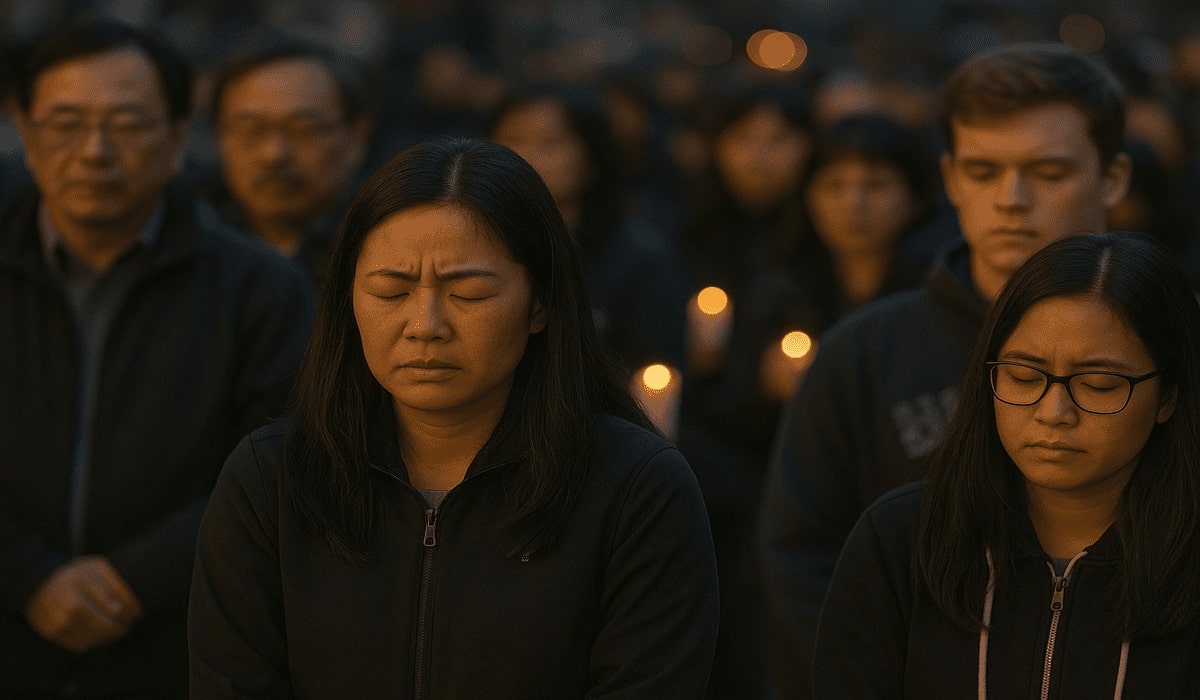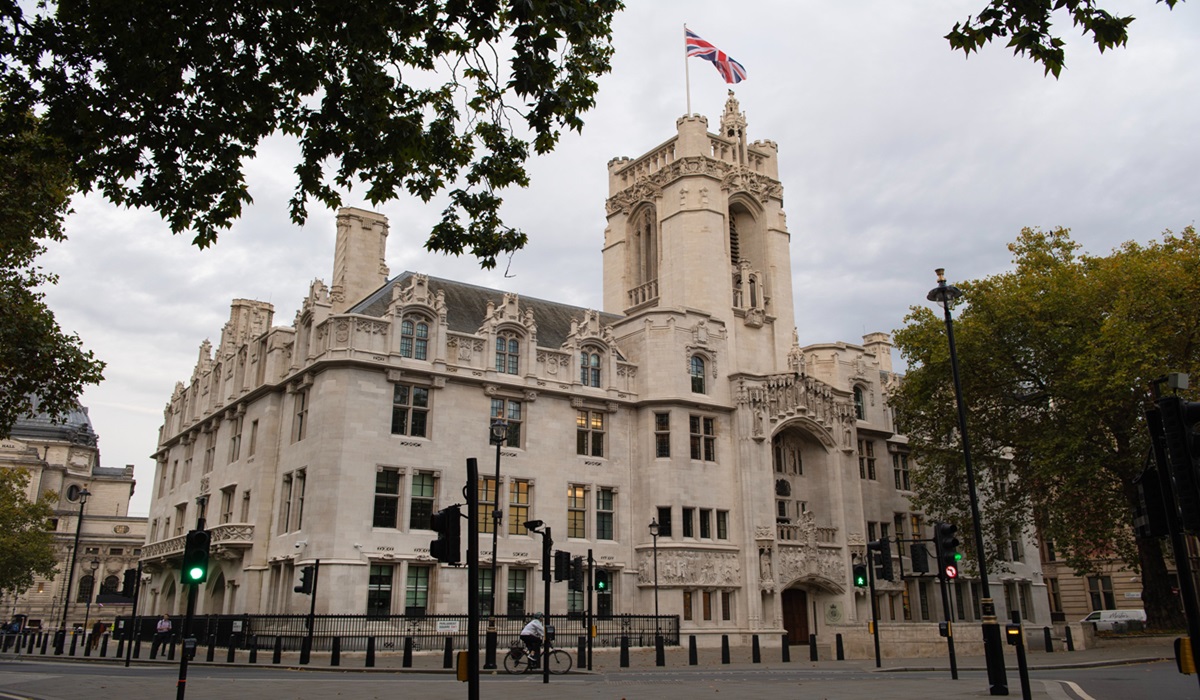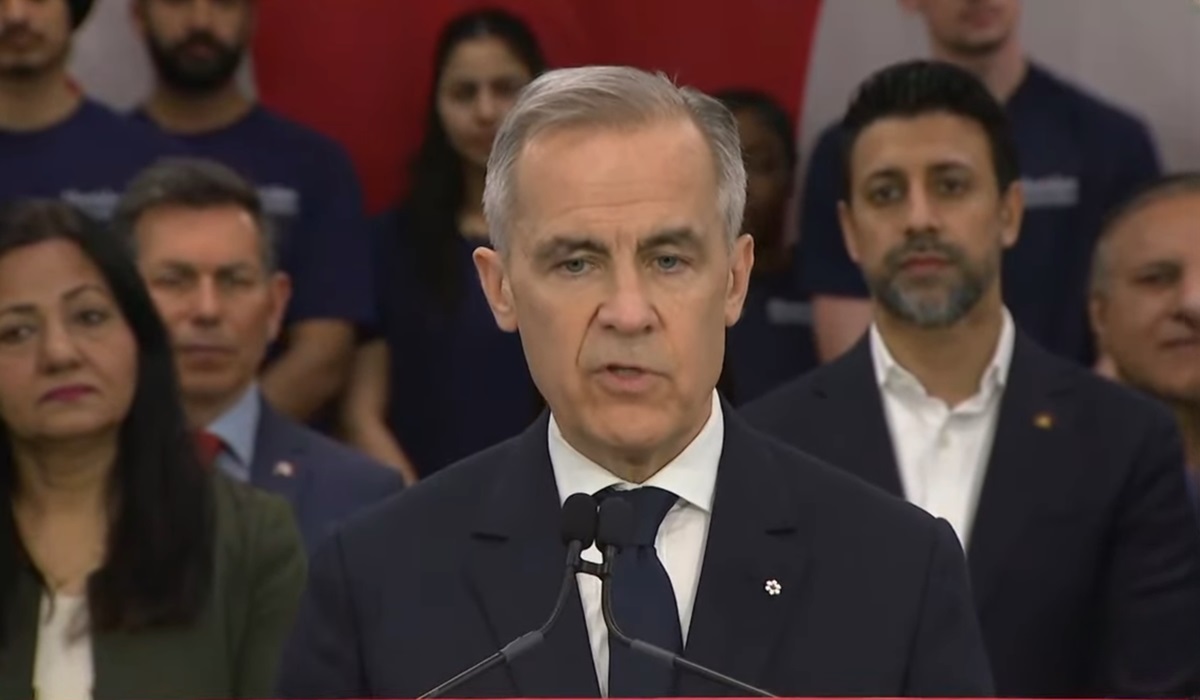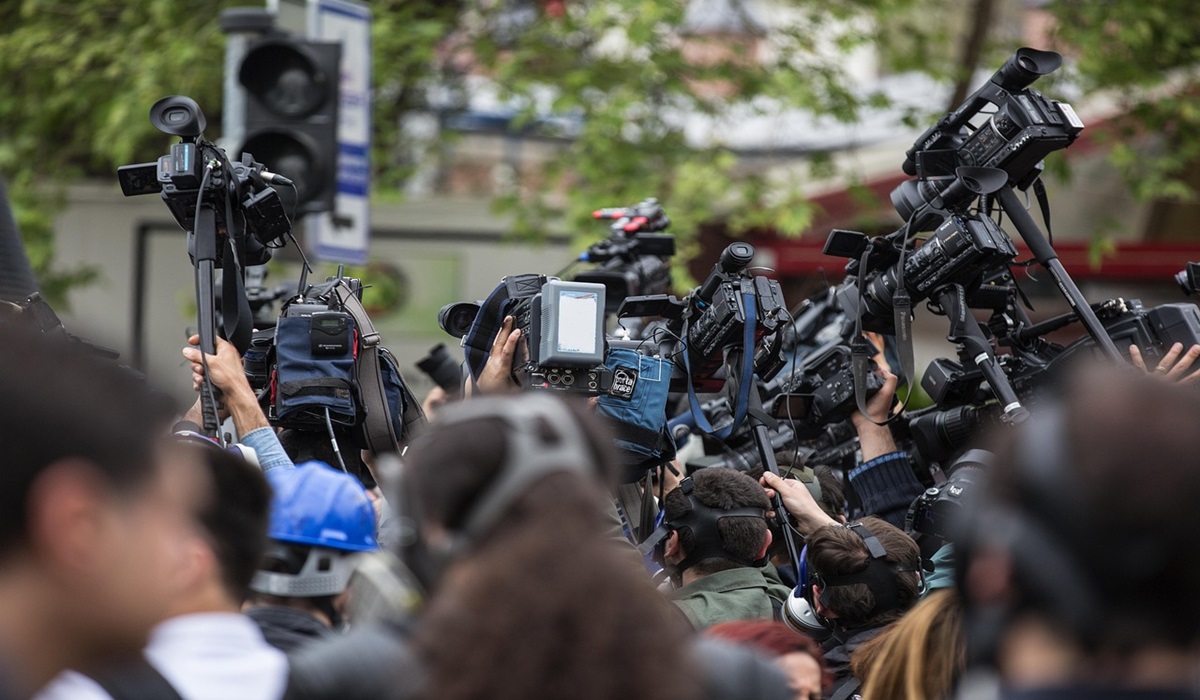India and Pakistan Exchange Fire for Third Day as Kashmir Crisis Deepens
- Ingrid Jones
- South Asia
- Breaking News
- April 27, 2025
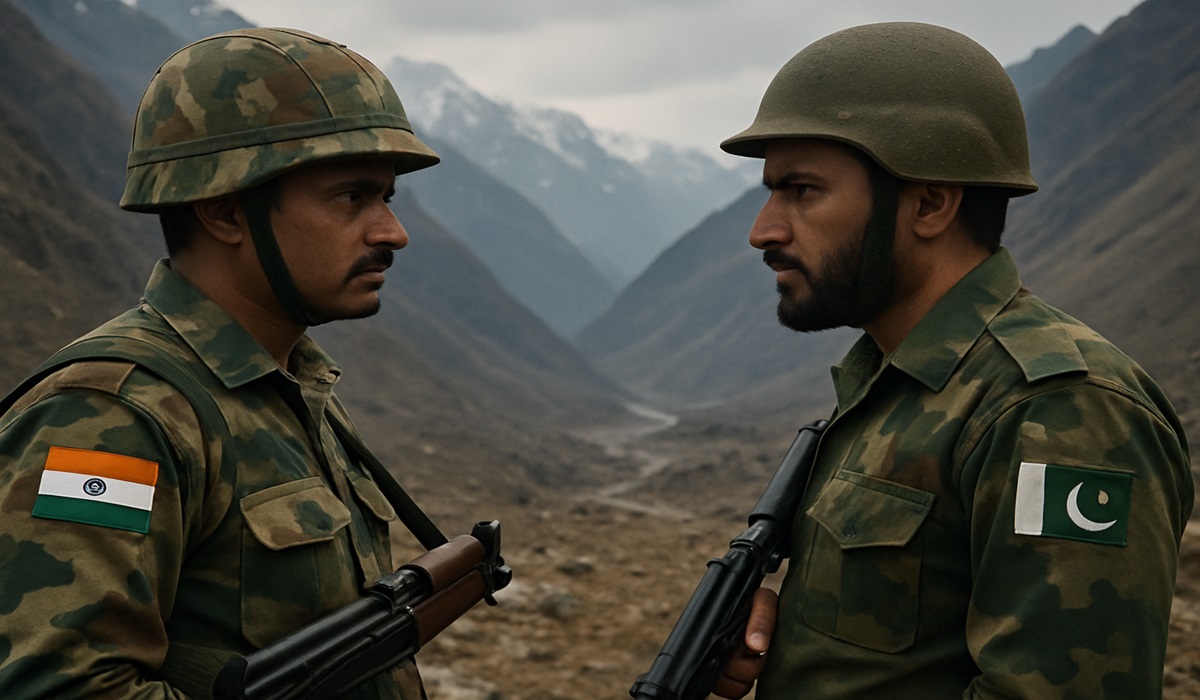
For the third consecutive day, Indian and Pakistani forces have exchanged heavy fire along the Line of Control (LoC) in the disputed Kashmir region, escalating fears that the long-standing hostility between the two nuclear powers could spiral into a broader military confrontation.
Tensions erupted after a brutal terrorist attack in Pahalgam, a popular tourist area in Indian-administered Kashmir, left 26 people dead, including 25 Indian citizens and a Nepalese tourist. The Resistance Front, a group widely believed to have links to the Pakistan-based Lashkar-e-Taiba, claimed responsibility for the attack, which Indian officials are calling the deadliest assault in Kashmir in over a decade.
India swiftly accused Pakistan of harboring and enabling the attackers, while Pakistan has denied any involvement, instead calling for a neutral investigation. Yet on the ground, words have already given way to gunfire. India reported what it described as “unprovoked” shelling by Pakistani forces. Pakistan, for its part, has remained largely silent about its military movements but has been quick to frame India’s response as politically motivated.
To fully understand how fragile this moment is, it’s necessary to remember the deep historical wounds between the two nations. Ever since the bloody partition of British India in 1947, Kashmir has been the heart of their animosity. It triggered the first of three major wars between India and Pakistan and remains one of the most militarized borders in the world. Over the decades, cycles of peace talks and ceasefires have inevitably collapsed under the weight of new provocations, perceived betrayals, and deep-seated mistrust.
What makes this latest escalation especially alarming is the flurry of retaliatory measures taken off the battlefield. India has suspended the 1960 Indus Waters Treaty, a key agreement that governs water sharing between the two countries. That decision alone is a massive warning shot — Pakistan depends on the Indus river system for the majority of its agriculture. India also expelled Pakistani diplomats, canceled visas for Pakistani nationals, and closed the Attari-Wagah border crossing, halting trade and travel. Pakistan responded by shutting down its airspace to Indian flights and suspending all trade agreements with New Delhi.
The rhetoric is heating up, but so are the strategic levers both sides are willing to pull. India’s suspension of the Indus Waters Treaty hints at a broader strategy of economic and resource pressure — one that could devastate Pakistan’s already fragile economy if fully carried through. Meanwhile, Pakistan is actively rallying for international intervention, though past experience suggests little appetite among global powers to wade deeply into a conflict between two nuclear states unless absolutely necessary.
Could this escalate even further? Absolutely — and fast. Right now, the exchanges along the LoC are limited, but the potential for a miscalculation or an overreaction is dangerously high. A single errant missile, a civilian casualty, or an overzealous commander on either side could easily light a fire that spreads far beyond Kashmir’s cold mountains. Both armies are on high alert, troop deployments are increasing, and the political pressure on leaders in both countries is mounting. There’s no question that if the conflict widens, it will destabilize not only South Asia but have ripple effects across the globe.
The grim reality is that India and Pakistan have spent decades building an architecture of conflict around Kashmir — and every time violence breaks out, the foundation weakens further. The current situation is not a random flare-up; it’s the inevitable result of unresolved grievances, broken promises, and political expediency on both sides. The question now is whether cooler heads will prevail or whether the region is barreling toward a catastrophe that everyone claims to want to avoid, yet no one seems willing to truly stop.
For now, the world watches — but watching won’t be enough if leaders on both sides refuse to break the cycle. Without real dialogue and courageous leadership, the third day of exchanges could soon become the first day of something far worse.

